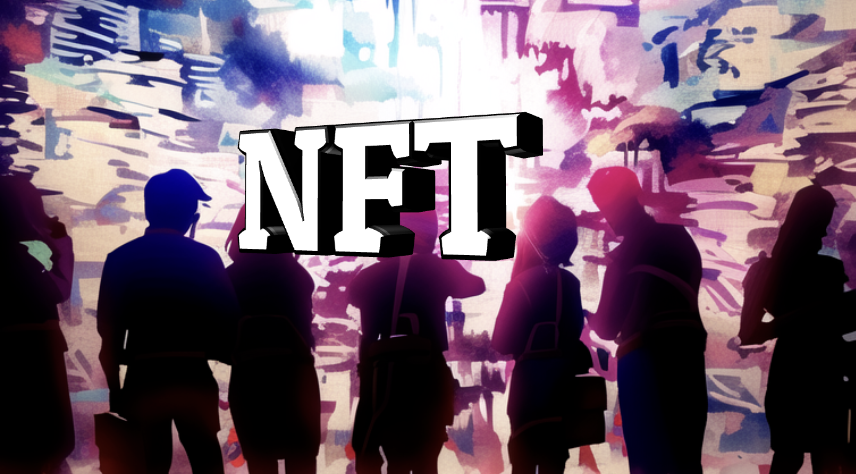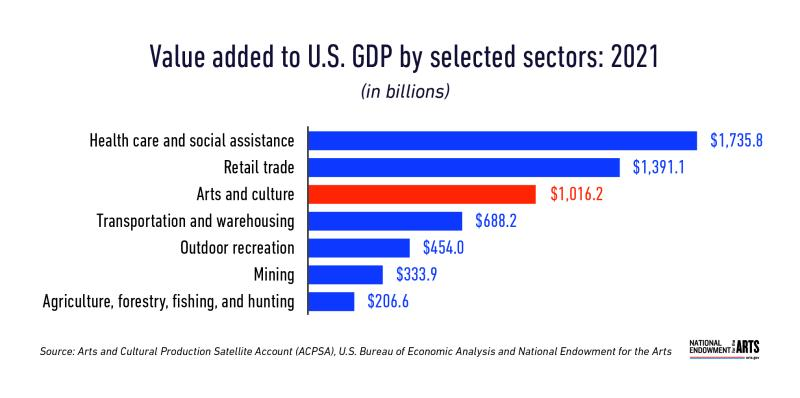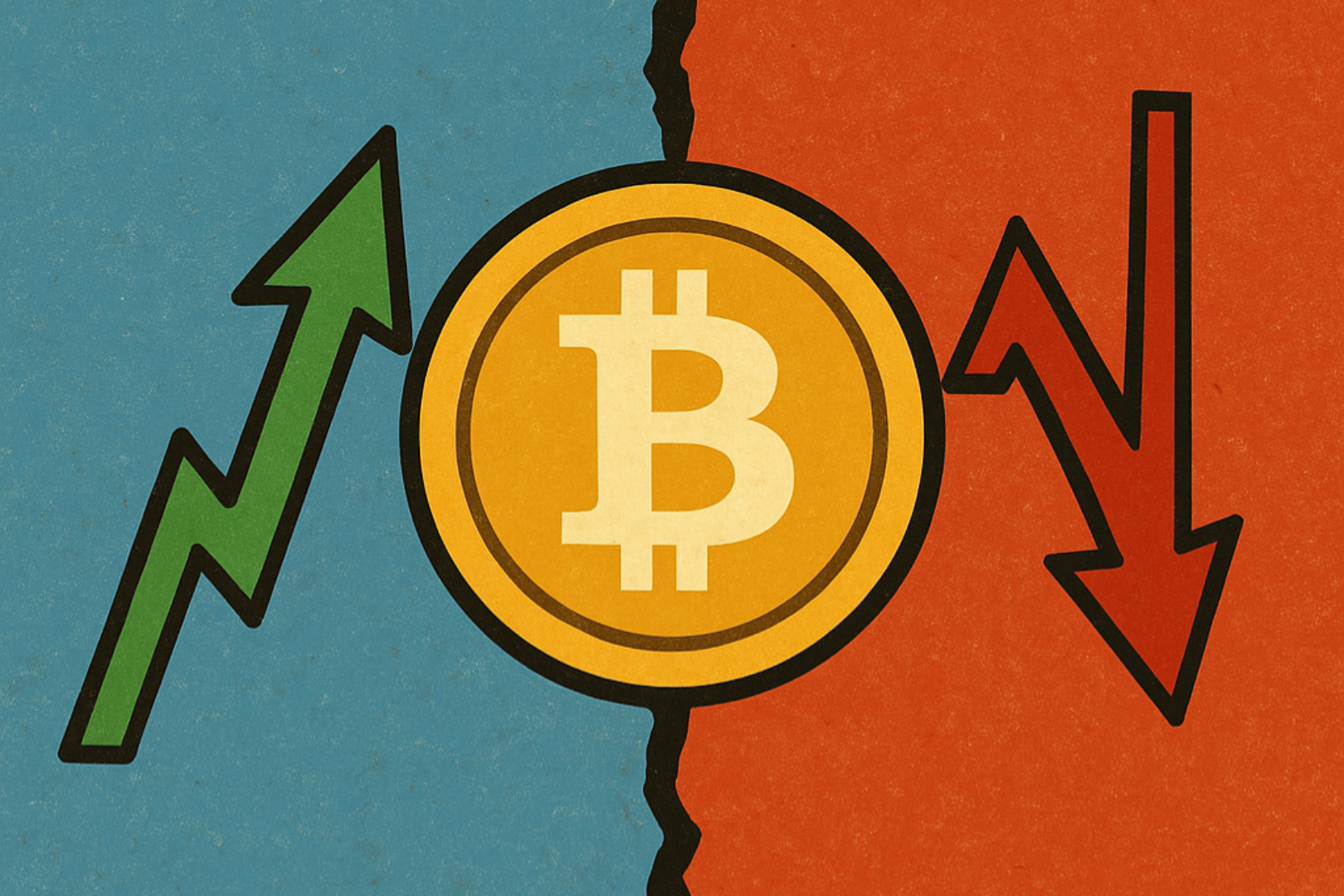Yat Siu:Ordinals不仅存储数字价值,更是在存储数字文化

原文:forkast《Why culture and ownership are critical to the metaverse: Opinion》
作者:Animoca Brands 联创 Yat Siu
翻译:Odaily 星球日报 Jessica
大约五年前,CryptoKitties 和以太坊引起了人们对 NFT 的广泛关注,并引发了数字所有权的革命。而今,比特币终于迎来了自己的 NFT 时刻,序数铭文(Ordinals)是“铭刻”在 BTC 最低面额(Sat)上的资产,被视为比特币的 NFT。
正如对 NFT 的强烈兴趣从 2017 年开始导致以太坊网络超载一样,如今对 Ordinals 的需求正在对比特币网络造成干扰,引发了关于 Ordinals 价值和应用的激烈争论。
颠覆性变革迫使创新。这种颠覆正带来新的创新和网络效应,无论是在市场、游戏还是去中心化世界的其他方面。
简而言之,比特币引入 Ordinals 最终为最有价值的加密社区(按市值计算)提供了有意义扩展所需的东西:一种不仅存储数字价值而且存储数字文化的方式。
多年来,NFT 与文化的相互作用一直是我关注的焦点。我经常说,比特币是价值储存手段,而 NFT 则是文化储存手段。我现在要换个说法,因为 Ordinals 允许比特币面额作为文化储存。
在本文中,我想重点讨论文化对全球经济乃至数字经济的重要性。
文化、所有权、网络效应、商业创造
文化——我们集体身份、创造力和习俗的表达——在虚拟宇宙和现实世界中都是一种经常被低估的力量。文化是繁荣社会发展的关键因素,也是任何经济体的重要组成部分。文化也与所有权有着内在的联系,例如知识产权的归属和商业化。
对某物的所有权赋予了我们相应的经济自由:可以随意交易和使用它。所有权还使我们能够参与与所有权相关的网络效应。
以汽车为例,与汽车所有权相关的企业网络——例如保险、备件、音响系统、租赁和乘车共享服务——形成了一个比汽车行业本身更大、更有价值、影响更深远的生态系统。 由于这些网络效应,拥有汽车等物品的效用显着增强,使拥有汽车的体验变得更有价值。每一项与我们拥有的事物相关联的新业务或服务都会增加该事物的网络效应。
所有权的另一个强大影响是,拥有某物可以以不同于该物体的效用的方式对我们的身份(文化)做出贡献。以你的时尚选择、你驾驶的车辆、传家宝或结婚戒指为例——这些物品的所有权可能带有深刻的内在含义,这些含义仅在没有直接经济预期的小社区内共享,但仍然塑造了我们的整个身份,遗产和故事。
开放虚拟宇宙中的数字文化商店
NFT 可以作为数字文化的存储,因为 Web 3 实现了真正的数字所有权,允许数字物品承载个人意义。鉴于我们一生中很大一部分时间都花在网上,而且对于我们许多人来说,我们的数字存在可能与我们的物理存在一样有价值和重要,因此对虚拟宇宙中的文化和数字所有权的讨论非常相关。
许多人对 NFT 和 Web 3 感到惊讶,因为他们看到的价格“虚高”。他们看着 BAYC,然后说道:“它的价格怎么可能比我的 Birkin 包还要高?我可以在现实世界中使用的真实物品?” 但这是错误思维。人们购买昂贵的 Birkin 包并不是为了往里面放东西。纯粹的实用性不是重点。Birkin 包的价值来自于所有认为 Birkin 包为其社会身份贡献价值的人所产生的网络效应。这款包的纯粹实用性远远落后于第二位。这是关于拥有一个故事并成为与一个人的身份融为一体的文化和社区的一部分。
当今开放元宇宙中的数字文化也是如此:所有权、身份和相关的网络效应通常是比纯粹效用更重要的考虑因素。从某种意义上说,社交身份已经成为数字物品的一种新实用工具,就像现实世界中 Birkin 包或高端时装等实体物品的情况一样。
数字物品的这种演变也许是开放元宇宙最令人着迷的方面,它基于在 Web 3 支持的新所有权框架内开发新的虚拟经济。考虑到世界各地的用户已经在 Web 2 视频游戏和虚拟世界的虚拟商品上花费了数十亿美元,他们购买的物品实际上并不是拥有的,而只是获得许可。皮肤和化妆品没有特定的用途,但它们使用户能够表达他们的文化和身份。这使得这些物品每年可以产生数百亿美元的收入,根据 Credence Research 的一份报告,虚拟商品市场预计到 2028 年将增长到超过 2000 亿美元。
文化 TVL:为实体和虚拟经济提供动力
在现实世界中,文化已经成为主要的经济贡献者,无论是在创造就业机会还是在消费和购买商品方面。我们所有人每天都以不同的方式与文化的各个方面互动——情感的、经济功利的或其他的——而这些互动推动了经济的很大一部分。
没有文化,就没有娱乐。没有娱乐,就不会有电视、电影院或视频游戏。没有视频游戏(以及一般的数字文化),就不会有 PlayStation、Xbox、任天堂或游戏电脑。如果没有游戏技术的进步,我们可能就不会拥有为其他行业提供支持的图形处理技术。显示技术是文化需求如何为我们带来更好技术的一个很好的例子:几年之内,我们从笨重且受限的 CRT 显示器转向平板/曲面面板以及手机中的微型奇迹。
美国是世界主要文化出口国之一,文化(包括艺术)为 GDP 贡献了巨大的价值。2021 年,艺术和文化占美国经济的比重超过 1 万亿美元,增长速度快于其他行业。这不足为奇,因为文化驱动消费,从而影响贸易和零售的几乎所有方面。

想想文化的一个方面,想象一下效用是否是其消费的主要驱动力——在许多情况下,这是行不通的。我们可以选择仅用于遮盖身体的衣服,但这种实用性远远落后于时尚的文化方面。人们根据自己的身份和想成为的人来做出时尚选择。这种个性化的表达需求解释了为什么有如此多的时尚选择。
文化表达不仅限于时尚;它转化为其他现实世界的购买,无论是汽车、房产、珠宝,甚至是纹身和穿孔等“表面意义”的购买。
由于文化已经是现实世界经济、创造力和创新的重要驱动力,它对开放元宇宙也有类似的影响,由于 Web 3 的普及,开放元宇宙每天都在我们周围形成。
用加密术语来说,现实世界中的文化代表了任何经济体的主要 TVL(锁定总价值)之一。与 TVL 相同的文化现象已经在虚拟世界中出现:在您最喜欢的游戏中购买皮肤或化妆品相当于现实世界中购买时尚的虚拟世界,文化是驱动力。
NFT 存储数字文化,鉴于文化的经济力量,很容易理解为什么 NFT 正在推动 Web 3 各种形式的采用,包括化身、视频游戏、教育、音乐和许多其他行业。文化是开放元宇宙中创建的新虚拟经济的经济增长和可持续性的关键支柱。
开放的虚拟宇宙
与主流强调接口技术来访问专有的“围墙花园”体验不同,开放的元宇宙是基于所有权和文化的。尽管加密货币寒冬和各种宏观经济困境,开放的虚拟宇宙仍然是一个令人难以置信的令人兴奋的空间。2023 年第一季度,NFT 销售额总计 47 亿美元,这本身就很了不起,但对于一个本应“死亡”的行业来说更是如此。
也许最值得注意的事实是,数字文化商店 (NFT)在 2022 创造了超过 240 亿美元的收入,其中 90% 或更多的价值与其创造者和参与者分享。
但这只是冰山一角,因为我们仍处于虚拟世界商品产权的早期阶段。根据麦肯锡的研究,到 2030 年,虚拟宇宙有潜力创造 5 万亿美元的价值。
随着 Web 3 不断变得更加成熟、更加流行和更容易访问,文化最重要的影响将以更强大的方式在开放的元宇宙中体现出来,随着我们真正进入数字所有权时代,推动需求、消费和效用。



